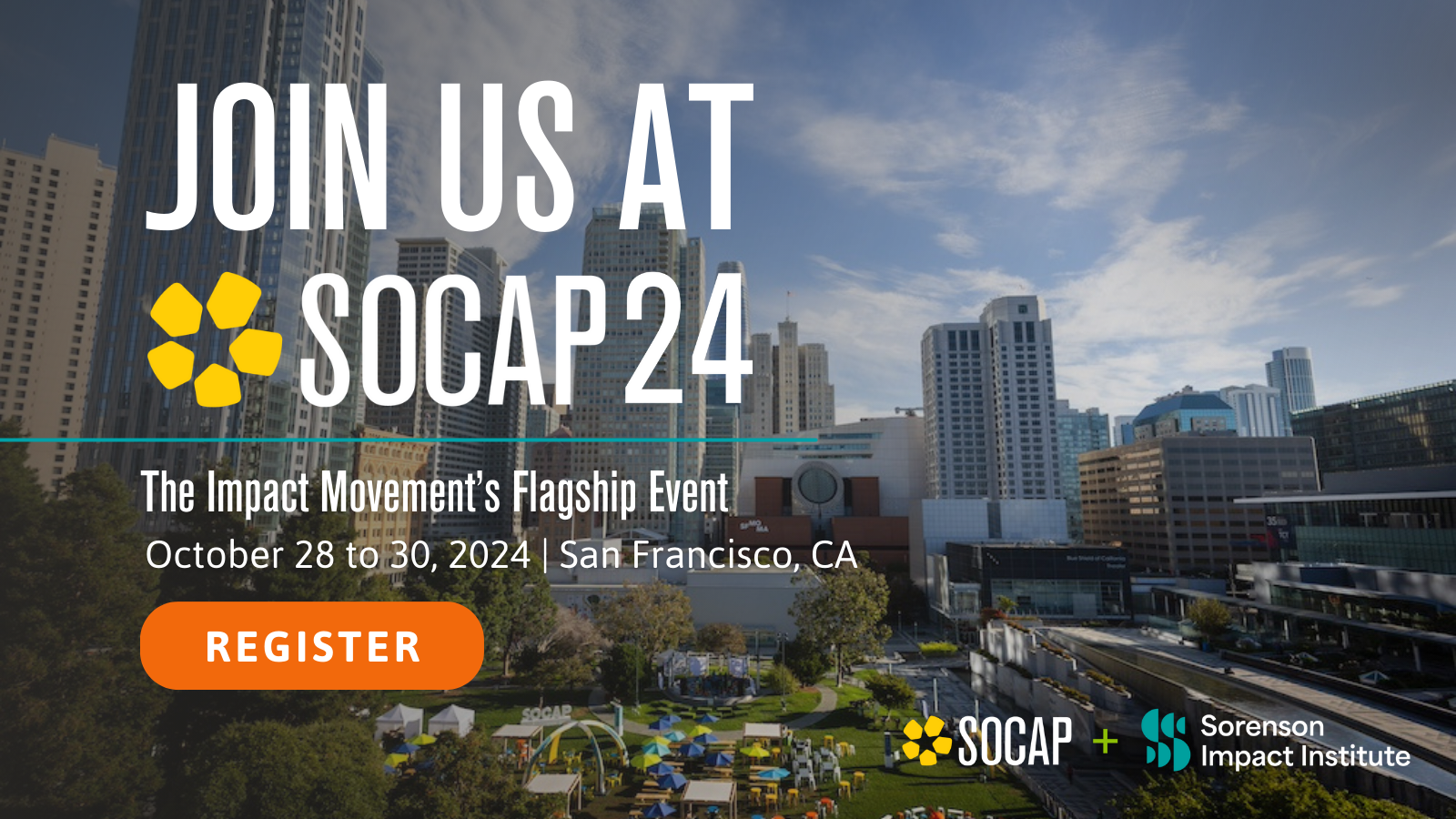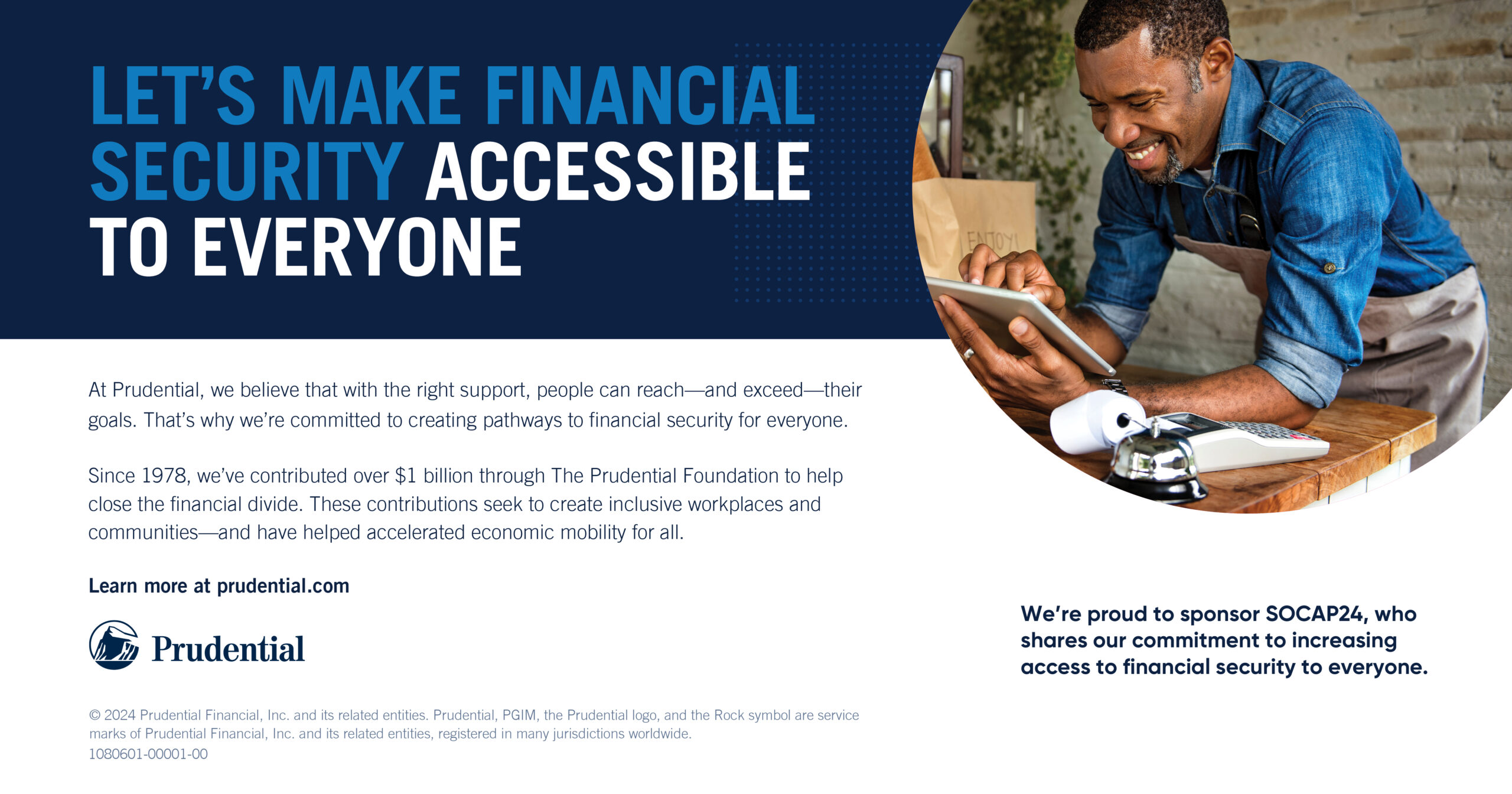Since I was a teenager, I’ve had one burning question: how do we help humans develop lives of purpose and meaning?
For the past 10 years, I’ve explored this question in the education space through facilitating and leading experiential education. But I’m not in a classroom anymore. Now, I find myself running a business — one dedicated to helping adolescents discover lives of purpose and meaning — called Project Wayfinder. This shift has prompted a new question for me to consider: how do I create a workplace that feels purposeful?
As the leader of an organization that focused on “purpose learning,” I don’t just want to ask our students to live purposeful lives; I want us to walk the walk, too. To that end, I’ve thought long and hard about what it takes to develop and lead a purposeful organization, an organization where each person feels like their role and their daily work is related to their deeper, greater purpose.
Here are some reflections on how best to help your organization, and particularly your employees, live purposefully.
1. Hire purpose-seeking folks.
Hire for values, especially those seeking meaning and purpose. It doesn’t mean someone has to be living their purpose everyday already, but they must be seeking it; it’s too much work for you as the employer to do the work of seeking it for them. That said, part of your job is to help them find their deeper purpose during the time that they work with you. Prior to joining Project Wayfinder, our lead product designer, Claudia Bicen, had been a visual artist exploring how humans develop meaningful lives. But it wasn’t until she took a position with Project Wayfinder that she said she started to embody work in her day job. “I have always sought out work that addresses a social or environmental need in the world,” Bicen says, “but it wasn’t until joining Project Wayfinder that I found a way to do this that was meaningful to me also — using my love of creativity as a tool to respond to a need in the world I care about deeply.”
Hiring the right people is the most important object. Hire seekers whose personal values deeply align with your culture and values, then craft their roles to align with their deeper purpose.
2. Craft roles for personal purpose.
Once you have the right people in the door, you really have to find the right role for each of them. At Project Wayfinder, each of our employees’ roles must align with what we call the Purpose Compass: the needs of the orgs, what each person likes to do, and their strengths and skills.

As much as possible, align each role with these three categories. A caveat here is that a lot of work is transactional and not so glamorous. There’s no way around that; we won’t ever love sending emails or be stoked at our jobs 100 percent of the time. That’s just work life. But at the end of the day, to create a purposeful organization, people’s roles have to align pretty deeply with these three categories. And when they do, you get better results and your people feel more alive. When coaching or mentoring your employees or crafting their role, use the diagram above. I’ve done this for myself and with employees and I can attest that it’s worth 60 to 90 minutes of your time.
3. Talk about purpose intentionally and often.
As a purpose-oriented organization, we do talk about purpose a lot, and that is essential. A number of employees have said they’ve really arrived at a deeper sense of purpose through working with us, which has come about in part because we make a point of actively talking about purpose. Recently, we held an all-team workshop where we each crafted our own purpose statements and shared them out with one another. Our COO Nat Manning’s statement was both relevant to the success of our organization and specific to his interests and values: “My purpose is to minimize zero-sum thinking and maximize compassion and mutual benefit globally.”
4 Make time to check in on purpose.
This may not sound particularly earth-shattering, but many organizations don’t take the time to do this. At Project Wayfinder, devote one week a year to longer ranger, more expansive thinking rather than on simply getting things done. During this week, we discuss what is and isn’t working, check in on our shared values, and ensure that our strategy is aligned with our deeper purpose. Taking the time to do this like building the foundation of a house. If you don’t bother, you can build a whole organization on shaky ground, which will eventually bring everything else tumbling down.
I’m an impatient human being who always wants to go, and sometimes I balk at spending a full week to do this work. But it has always been worth it; this time inspires, bonds, and reconnects our team to the organization’s purpose and each employee to their own.
At some point in the lift of a growing organization, the leaders will make a shift from leading product or working on the ground to leading the organization instead. The transition can be hard; it takes you a little bit further away from your customers, your product, and the reason you founded the company. When I went through this transition, it was painful. I felt like I was losing something. But eventually, I came to understand my new job wasn’t so different from my old one. Instead of helping students develop purposefulness, it was my job to help our employees. While I miss working with students and teachers, I’ve grown to love this aspect of what I do. Better yet, a number of our employees have told me that working for Project Wayfinder has shifted how they think about what they want in their lives, and has helped them consider their own meaning and purpose more deeply. Elizabeth Figlietti, our operations and finance lead, said that working with us had given her life greater meaning and helped her see what a workplace can offer by way of personal engagement and growth. And that makes the work totally worth it.







